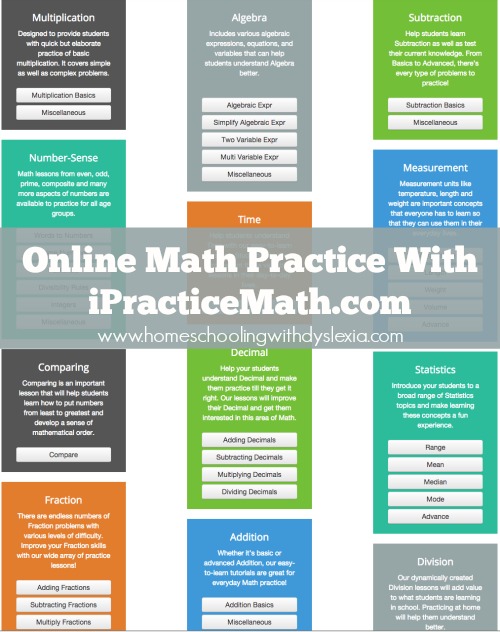
In some long division problems the divisor does not divide the dividend a whole number of times and in these cases the answer may be written with a remainder, a decimal or a fraction. The answer to the subtraction here is 0, therefore the remainder is zero and we are finished.The answer is 3 – I can see this from my multiples. Bring down: bring down the 2 from the ones column.

Ensure you align the place values correctly when placing this on the grid. Multiply: 24 x 7 = 168 (Again I can see this from multiples).The answer is 7 – I can see this from my multiples, so I write 7 on my answer line in the tens column as the first digit of my answer. By writing out the multiples of 24, you are saving yourself the time of working through the 24 times table mentally several times as well as ensuring you make less mistakes.Ģ4, 48, 72, 96, 120, 144, 168, 192, 216, … This can be worked out either using partitioning or by repeated addition. If you have been struggling to teach long division to your Year 6 class then this post on the long division method step by step will prove invaluable! Third Space Learning tutors use this method when teaching long division in an online lesson.įirst write out the first 9 multiples of 24. Once we have done this, we can follow these long division steps: When completing a long division calculation, the first thing we do is write out the first 9 multiples of the divisor. It is best used when working with multi-digit divisors and dividends. We can think of long division as a step by step process in which the steps are repeated until the calculation is complete. The quotient is the quantity produced by the division.The divisor is the number we are dividing by.The dividend is the number we are dividing.Looking for more long division questions and resources?.Build accuracy and speed, every time you take the test. Attempt and complete the 10 randomized questions that appear. Gain adequate practice in finding the mean, median, mode and range of the list of numbers provided in the questions. Pay attention to the decimal point while choosing the correct option. Repeat the test until you get a perfect 10. Practice addition, subtraction, multiplication and division of decimals featuring varying place values with this set of time-bound exercises. The collection of randomized questions in addition, subtraction, multiplication and division of proper, improper and mixed fractions involving both like and unlike fractions provides ample practice and assists in identifying gaps in preparedness and rectifying them. The timed tests help track progress with instant evaluation. The division practice test offers a variety of division questions involving single-digit division, 2-digit, 3-digit and 4-digit numbers divided by single-digit numbers, 4 digit by 2-digit division and much more. Practice writing the subtraction sentence, find the missing subtrahends to mention a few.īolster your knowledge with this batch of multiplication practice tests encapsulating questions to multiply numbers involving tables up to 12, write multiplication sentences for equal groups, comprehend multiplication facts, balance equations, compare and estimate products and more. The numbers to be subtracted vary based on the grade. Incorporate this excellent bundle of online subtraction quizzes with questions on horizontal and vertical subtraction with the borrowing and no borrowing feature. Recap addition facts, enjoy the drag and drop activities in dartboard theme, find the missing addends and more.

Practice adding horizontally and vertically with and without regrouping. The addition quiz games here feature adding pictures that sum up to 10, single-digit, 2-digit and 3-digit addition drills.


Convert between Fractions, Decimals, and Percents.Converting between Fractions and Decimals.Parallel, Perpendicular and Intersecting Lines.


 0 kommentar(er)
0 kommentar(er)
